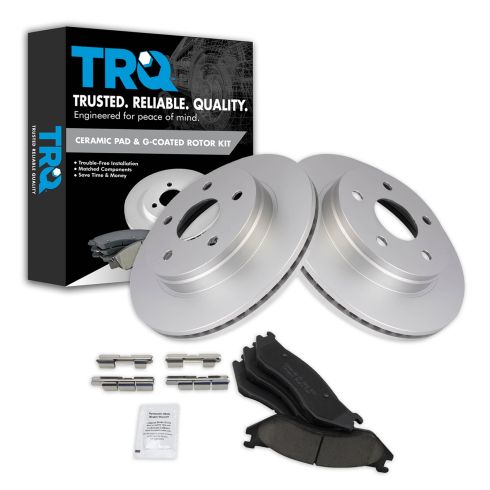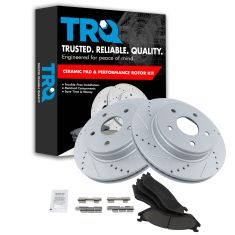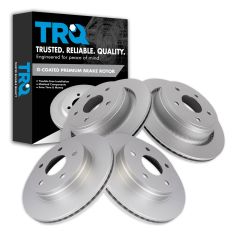1ABFS11662-Dodge Durango Ram 1500 Front Ceramic Brake Pad & Rotor Kit TRQ BKA23741

Replaces
2006 Dodge Durango Front Ceramic Brake Pad & Rotor Kit TRQ BKA23741

Product Reviews
Loading reviews
There are no reviews for this item.
Customer Q&A
No questions have been asked about this item.
Dodge is a registered trademark of FCA US LLC. 1A Auto is not affiliated with or sponsored by Dodge or FCA US LLC.
See all trademarks.















